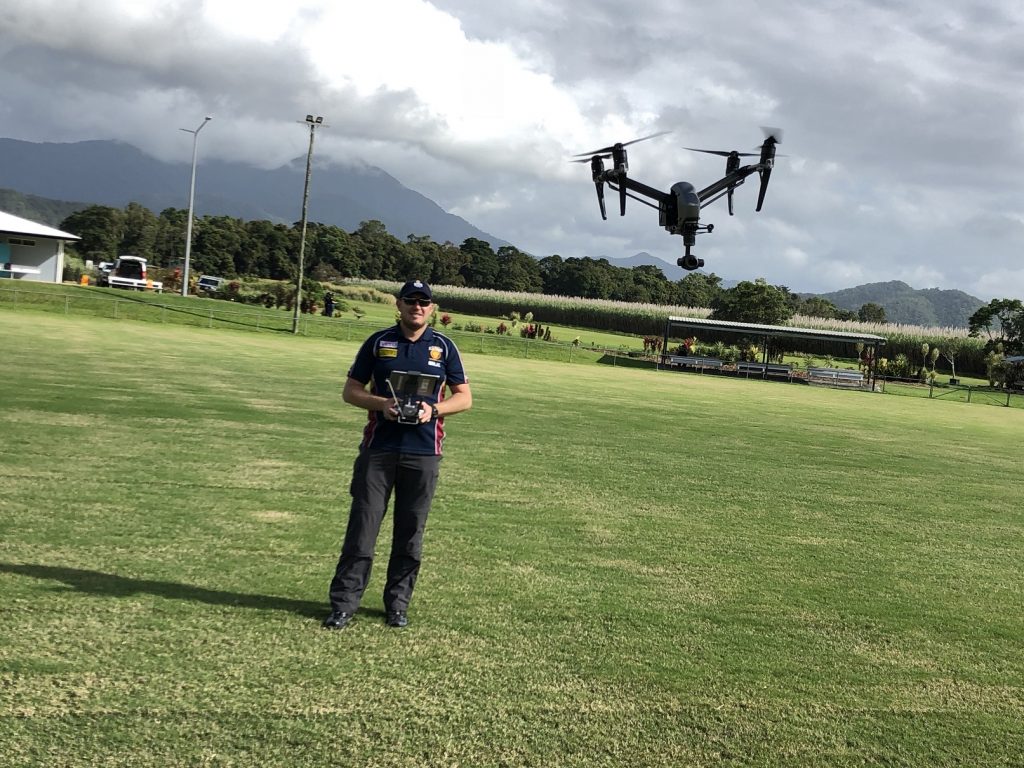This post is also available in:
 עברית (Hebrew)
עברית (Hebrew)
We all remember those car chase scenes in the movies, where the criminal is driving fast on a highway or around the city and several police vehicles are chasing him, sometimes supported by a helicopter from above. Security agencies in Israel and abroad are very familiar with this script which is complex, requires many resources, dangerous and very expensive. Now imagine the same scene with a drone that takes off minutes from the outbreak of the incident, identifies the target and tracks it while reporting to the forces its accurate location.
Drones and UAVs have become an imperative tool in every security or law enforcement agency in the world and in Israel. So are we on the edge of the eye-in-the-sky revolution? Chief Superintendent Amit Lifschitz, Acting Head, R&D Division, Technologies & IT Dept., Israel Police, said at the iHLS AUS&R Unmanned Systems broadcast that we are certainly on the way there: “Two months ago there was a shooting incident in one of the Arab villages. Usually, in such cases, by the time police forces arrive – the scene has already been cleared and everyone has disappeared. In this particular incident, we launched a drone within minutes and succeeded in reaching the shooters.”
The dramatic change in the unmanned systems technology will revolutionize the civilian arenas of law enforcement and security arenas. According to Chief Superintendent Lifschitz, the autonomous drones will change the arena. A drone will be launched to the scene immediately after a call is received, reach the location within minutes and make a preliminary assessment, long before the police vehicle arrives.
Superintendent Lifschitz: “During an incident, time is critical. An autonomous drone that is capable of reaching the incident can change the way Israel Police responds. I know and understand what is happening and dispatch suitable forces to the scene. For example, a complaint about noise, seemingly a non-risky incident, may be identified by the drone as gangs of youth armed with knives and transmit it to the headquarters, so that the forces will organize accordingly and dispatch support.”
A first-in-the-world pilot in autonomous policing drones has been carried out in Chula Vista, California during recent years. Chula Vista’s police started to launch drones from the roof of the police headquarters in response to calls received by the emergency center regarding incidents such as evolving crimes, fires, road accidents, and reports on other dangerous emergencies. The Drone as a First Responder (DFR) program included at the first stage of the pilot a drone flight for only 500m. A year ago, an authorization was issued for a 3-mile distance beyond visual line of sight (BVLOS).
Superintendent Lifschitz said that the advanced technology can make a genuine difference for the police forces, yet we are still not at that stage. He explains that the drone’s flight endurance is very short – less than an hour – a problem that causes the halting of operations in the middle. He adds that the use of this advanced technology is still expensive, a challenge that does not allow extensive deployment. Another problem is the need for teams skilled in the operation of unmanned aerial systems, and this limits the operations. Superintendent Lifschitz asserts that the autonomous drones that will know to take off from a defined location, complete their mission and land in a defined location – without human involvement – will change the reality and provide a much more extensive response to police challenges.
Israel Police has been using drones for enforcing home quarantine during the COVID-19 pandemic, and have been using them in transportation enforcement, etc.
As Lifschitz concluded, the autonomous drone will enable more widespread activities, such as installation security by sensors, operational force support, tracking targets and detecting threats.
For more details on AUS&R Broadcast

























